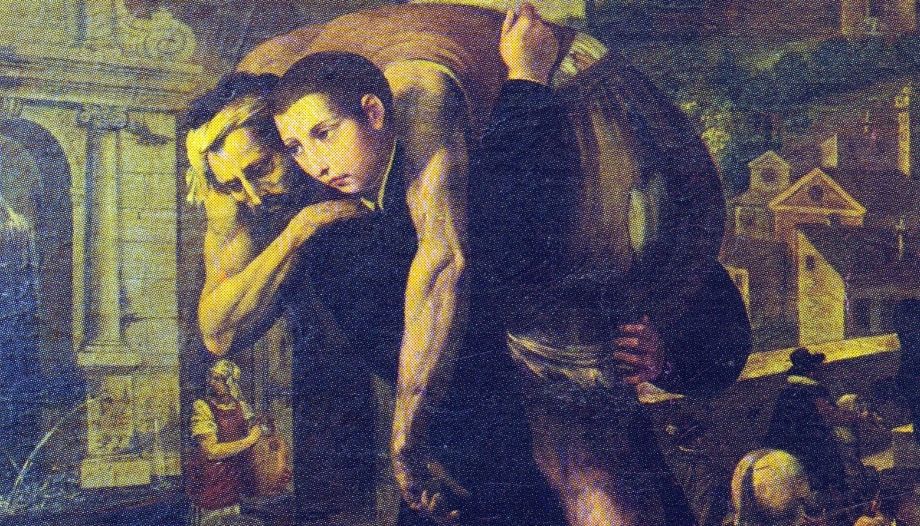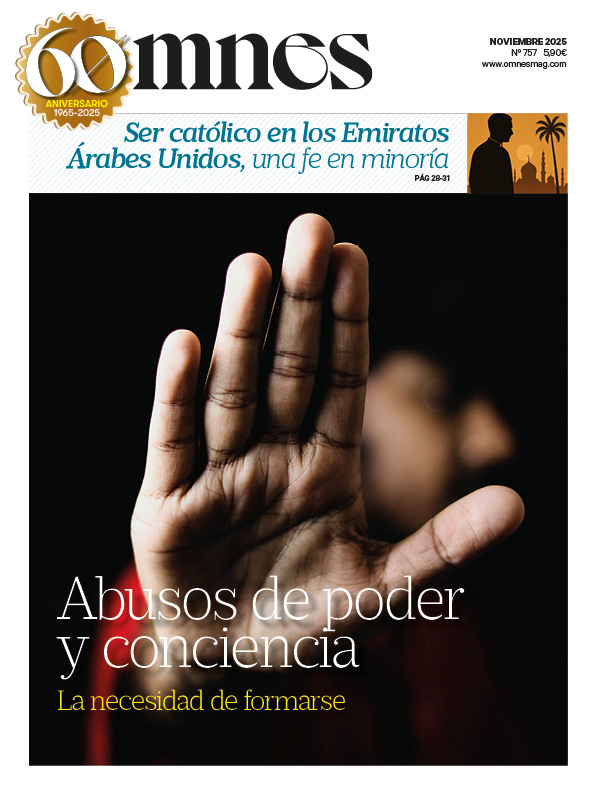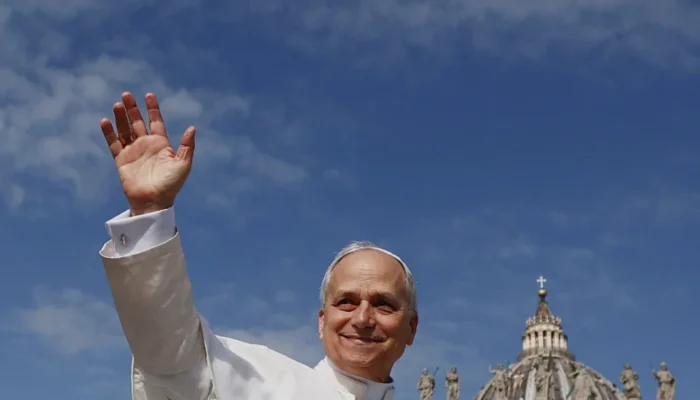On June 21, the liturgy celebrates St. Aloysius Gonzaga (Luigi Gonzaga, 1568-1591), who, living in Rome, faced several dramas that scourged the city. First the drought, then the famine, and finally a epidemic of typhoid plague. Luis went among the "apestados" to help them, and died of the plague while caring for the infected.
His biographers tell that one day, St. Louis saw a sick person abandoned in the street, about to die: he carried him on his shoulders and took him to the Consolata hospital. That is how he probably became infected, and a few days later he died in the arms of his companions, at only 23 years of age.
Illness: reflected and prayed
Coming from a noble family in Castiglione, Italy, St. Louis' father, the Marquis of Castiglione, prepared him for a military career, and he completed his education in Florence. Shortly thereafter, the young Louis began to suffer from kidney failure, which he considered a blessing because it allowed him time for reflection and prayer. During this period he sensed his call to the priesthood. He received his first communion from St. Charles Borromeo in July 1580. As a result of his illness, St. Louis dedicated himself to teaching catechism to poor young people.
Against his father's wishesSt. Louis has announced its intention to join the Society of Jesus. At the age of eighteen, he renounced his title and land, joined the Jesuits and studied under the tutelage of St. Robert Bellarmine, SJ, his spiritual advisor. He professed his first vows in 1587. He was canonized in 1726 by Benedict XIII. Pius XI proclaimed him protector of Catholic youth in 1926. And St. John Paul II named him protector of AIDS patients in 1991.








